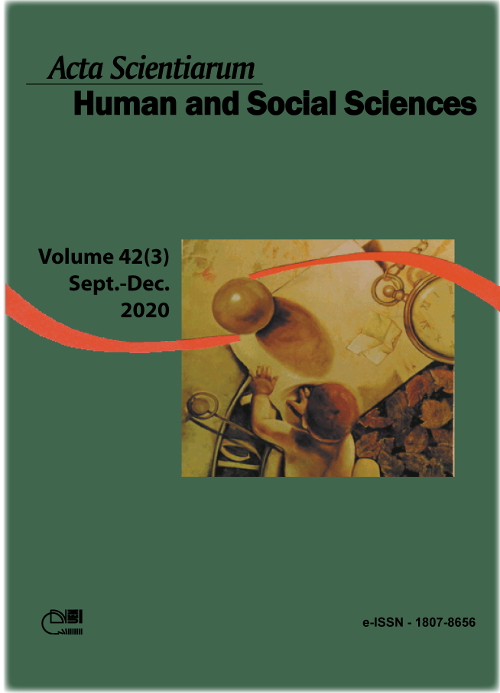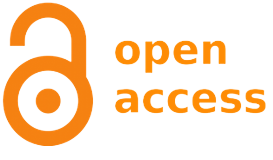Psychological diagrammatic model for understanding of the relationship between individual-society and nature-culture
Abstract
We present a logical and diagrammatic model of the relationship between Individual-Society and Nature-Culture that is based on a geometric diagram of Cartesian analytic geometry, as a way of representing phenomena in the field of language and psychology. This diagram is a relatively simplified abstract formalization of highly complex phenomena, and should be considered, initially, more metaphorically than literally. Understanding language as a system of logically articulated meanings around semantic categories, we postulate that certain abstract and very general categories, such as elementary axiological structures, can trace semantic universes of natural thought. With such assumptions, our modeling aims to incorporate the relational dimension in the Individual-Society axis, the biological evolutionary dimension in the Nature-Culture axis, and the temporal dimension into the Biographical-Generational axis. In such a three-dimensional configuration, a topology of concepts has been made possible by means of the very internal logic of the so-called hyperdiagram model, which dynamically allows the composition of new concepts from the synthesis of preceding concepts, prefiguring what may constitute the very dynamics of thought in language processing. We can conjecture that in this way, specific regions in the quadrant present homologies between language development and what we call existential paradigms, which would represent the individual in his other, that is, his/her relationship with the economic, political and social organizations, including the religious ones, of human civilization.
Downloads
DECLARATION OF ORIGINALITY AND COPYRIGHTS
I Declare that current article is original and has not been submitted for publication, in part or in whole, to any other national or international journal.
The copyrights belong exclusively to the authors. Published content is licensed under Creative Commons Attribution 4.0 (CC BY 4.0) guidelines, which allows sharing (copy and distribution of the material in any medium or format) and adaptation (remix, transform, and build upon the material) for any purpose, even commercially, under the terms of attribution.
Read this link for further information on how to use CC BY 4.0 properly.























